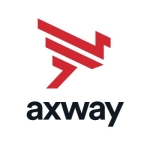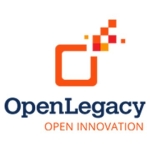The primary use case for Layer7 API Management is patient services, such as patient care and health care services, where patients would like to check appointment details and reports on mobile applications.
Another use case for the product is sharing the data with external organizations related to healthcare.
What I found most valuable in Layer7 API Management is that you can launch the API from the gateway quickly and securely, making it less complicated to deploy APIs.
I also like that Layer7 API Management has a good portal and dashboards and that the dashboards show you statistics regarding how many people used the API, etc.
Layer7 API Management could have a live API creator feature, so my team can easily create APIs. Right now, the product doesn't have that feature.
I've been working with Layer7 API Management for six months.
Regarding stability, Layer7 API Management is an eight out of ten.
Layer7 API Management is highly scalable. The product is easy to scale horizontally and vertically. It has good scalability, so it's an eight out of ten.
The technical support team of Layer7 API Management is an eight out of ten.
I'm rating the initial setup for Layer7 API Management as eight out of ten because it was easy to do.
Deploying the product took two months.
Before deploying Layer7 API Management, my company studied the existing landscape through the customer guide and did a feasibility study on the requirements, such as the APIs, volume of transactions, etc. The company then planned the transaction methodically and then secured the license. Upon installation, my team used it, got the certification, and implemented Layer7 API Management in a highly available environment. Next, my company deployed the product in a production environment, did the configurations, created the documentation, did an overall training, and then pushed the product to live status.
It's too early to compute for Layer7 API Management ROI. I need a few more months before calculating the ROI.
Pricing for Layer7 API Management is excellent, so it's an eight out of ten. The product is less expensive than other solutions. Layer7 API Management charges you based on the number of transactions, so the enterprise-level pricing my company got was excellent.
My company pays for Layer7 API Management yearly. It only pays for the standard licensing fees.
My company provides Layer7 API Management to customers.
I'm working on the latest version of the product.
Six to eight team members handled the Layer7 API Management deployment. Some worked on the data, while some worked on the network, hardware, and software configurations.
Approximately two hundred to three hundred people use Layer7 API Management, particularly clinicians, nurses, and patients.
Layer7 API Management only requires a little maintenance. It only has one upgrade every six months, and my company has an affiliate that handles the maintenance, especially severity three issues. My company will address any level one or two issues.
My rating for Layer7 API Management is eight out of ten.
My company is a partner and reseller of Layer7 API Management.


















